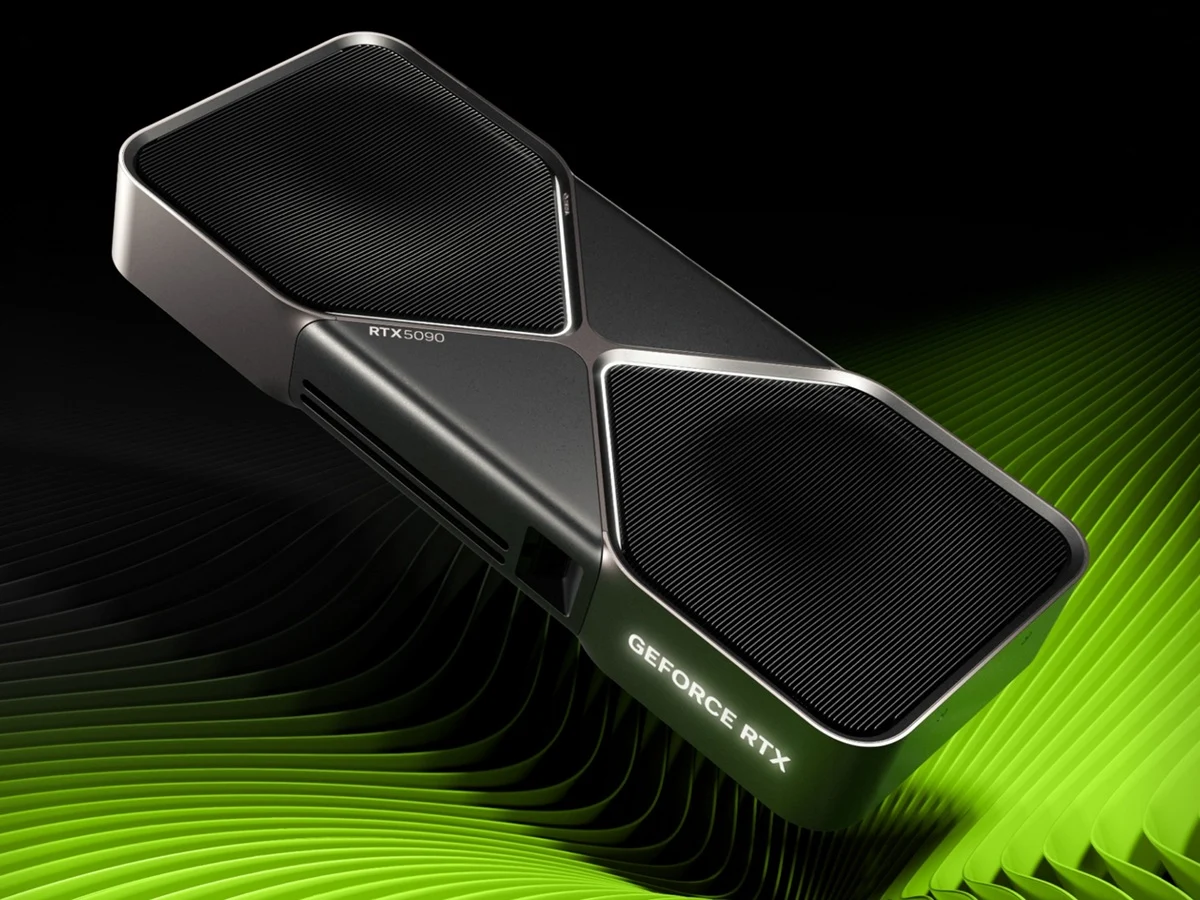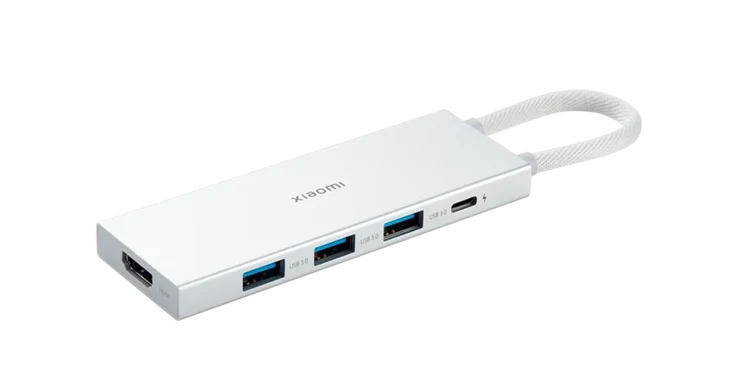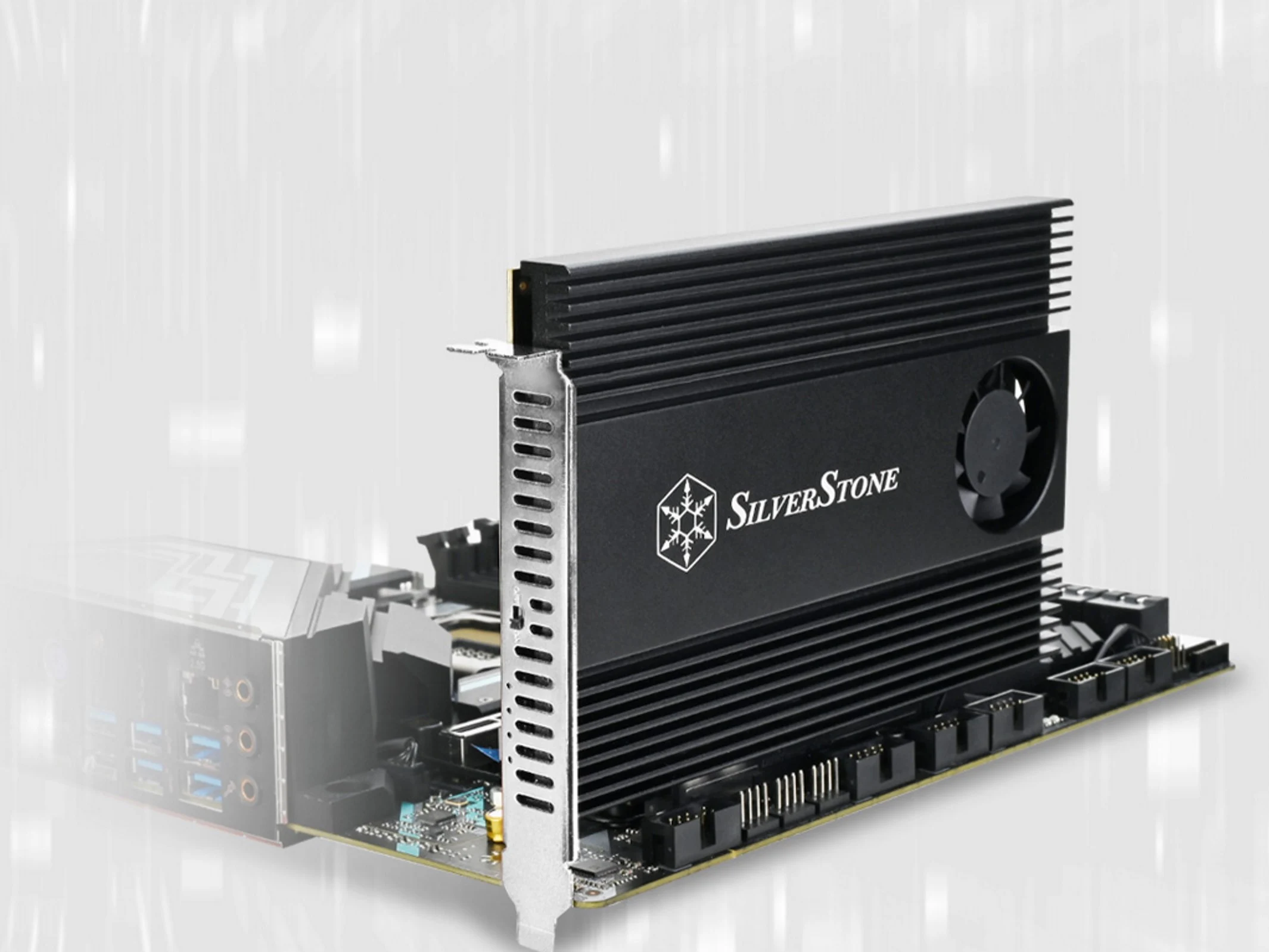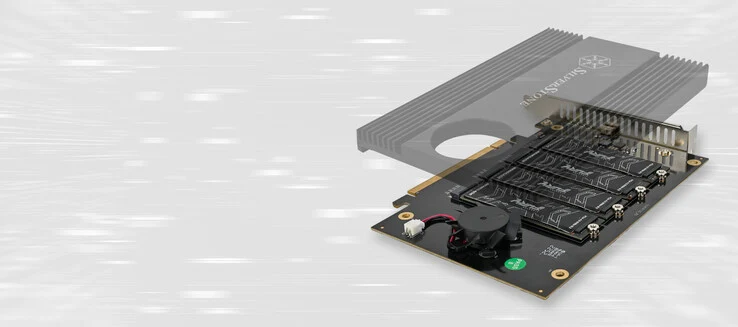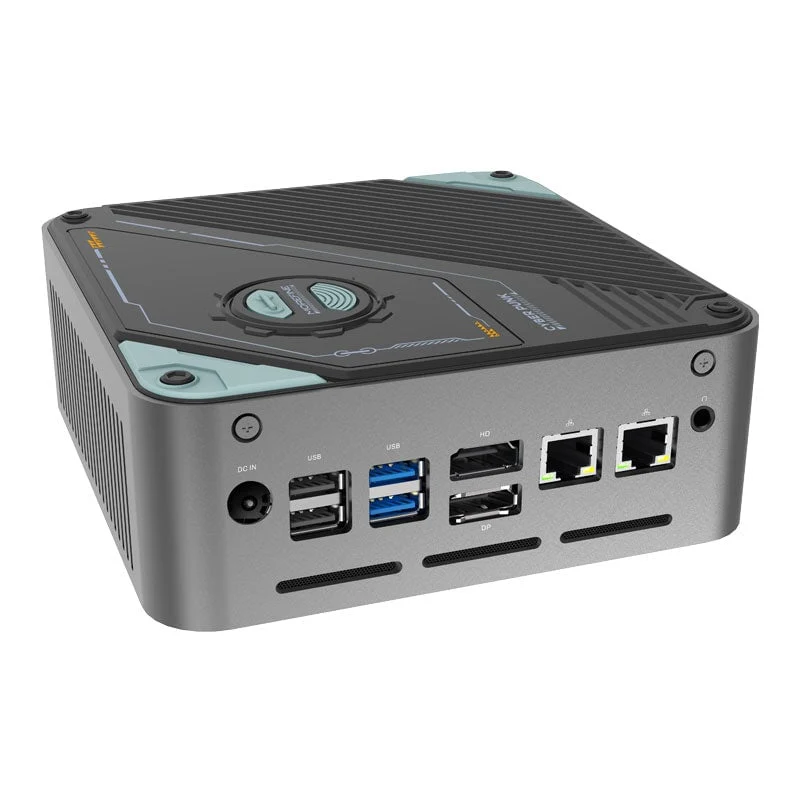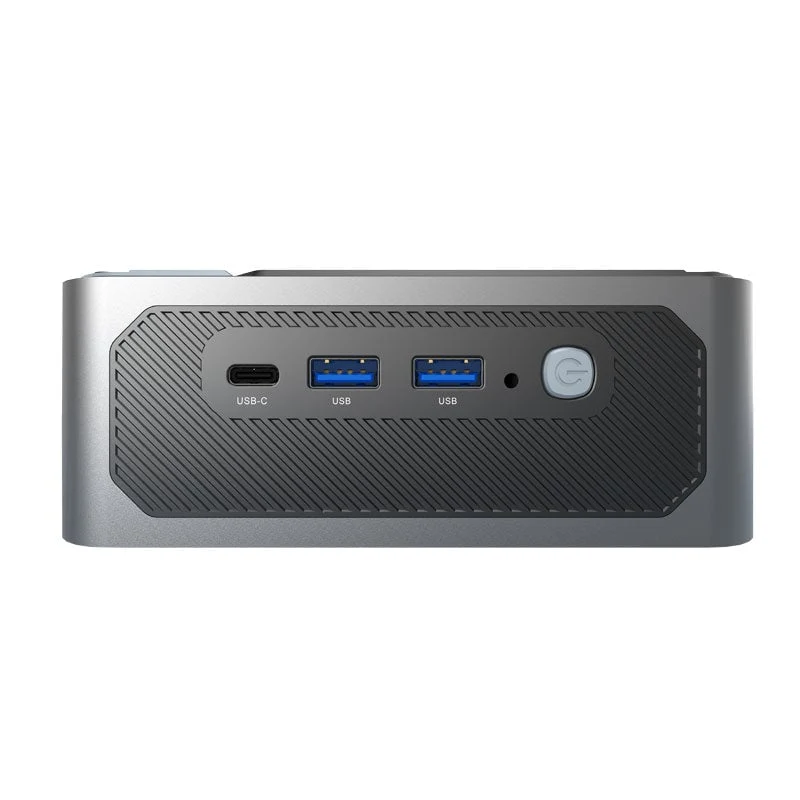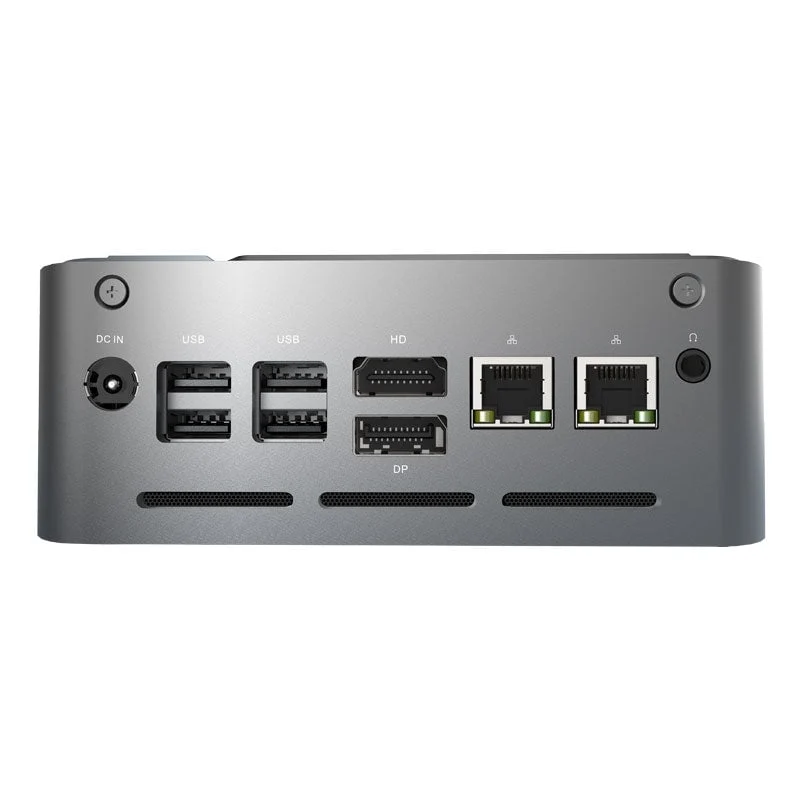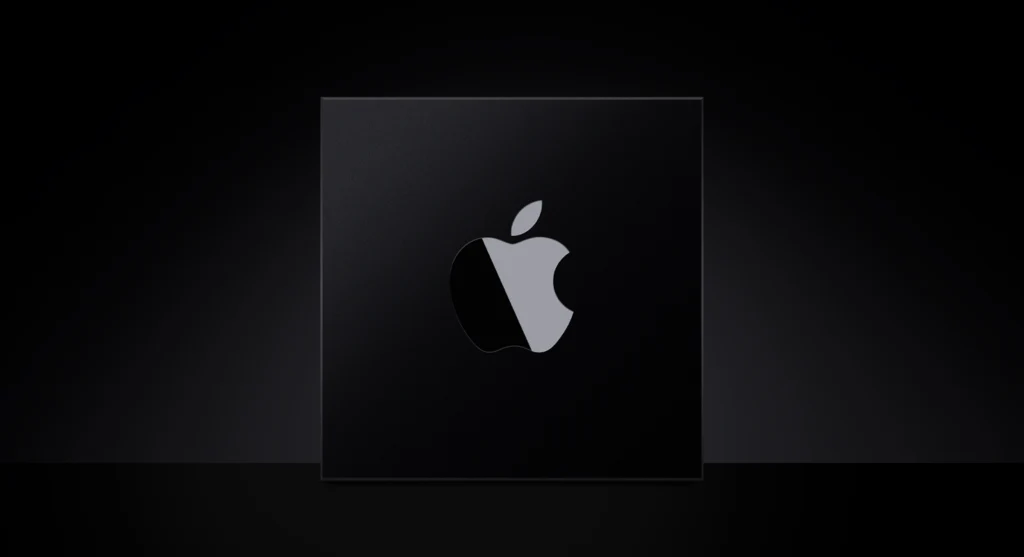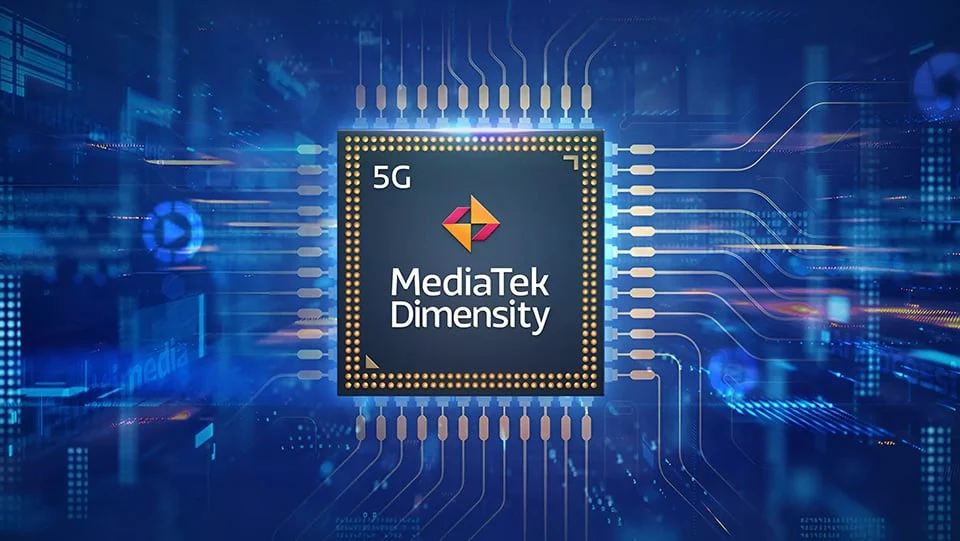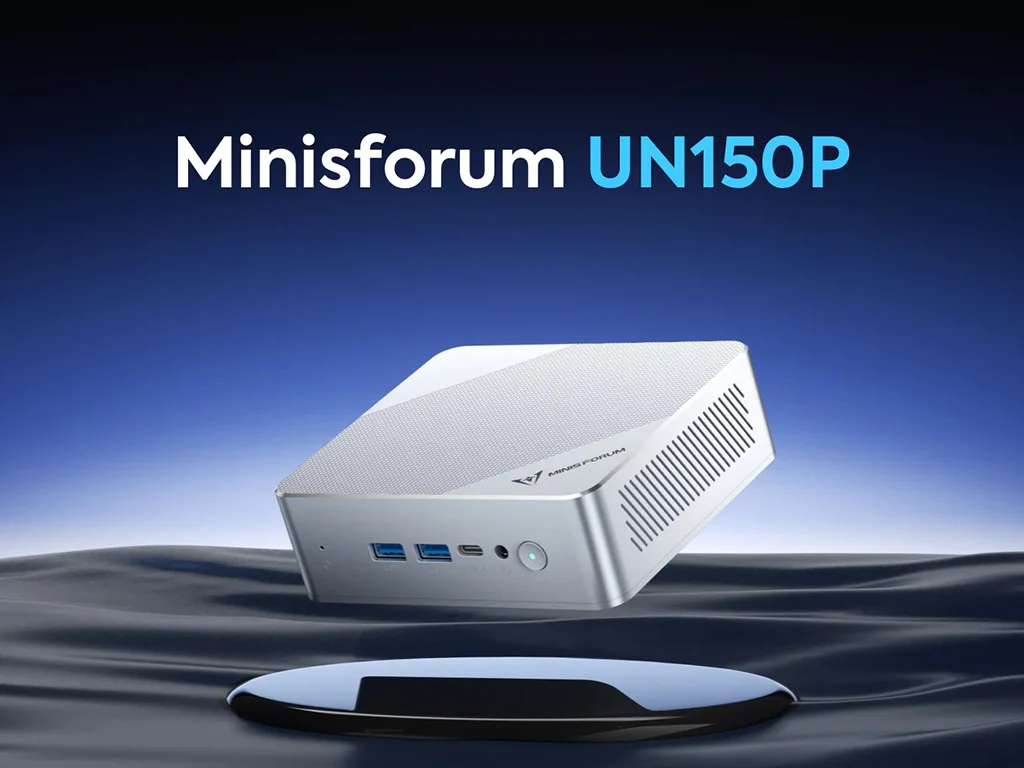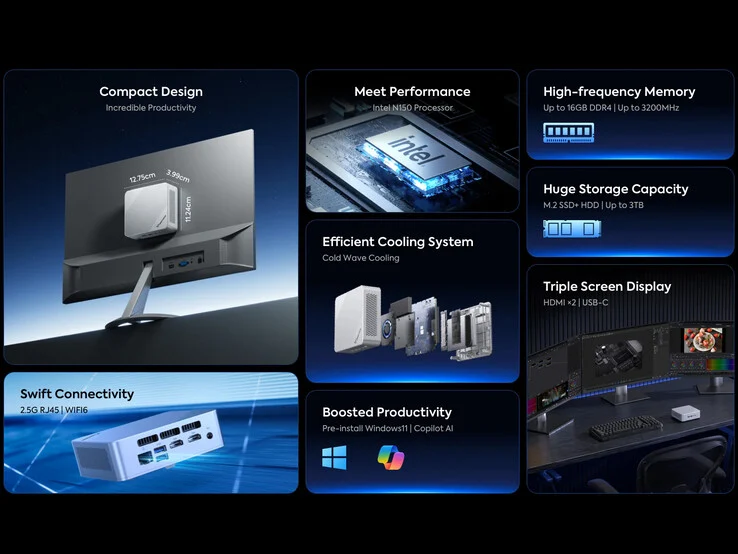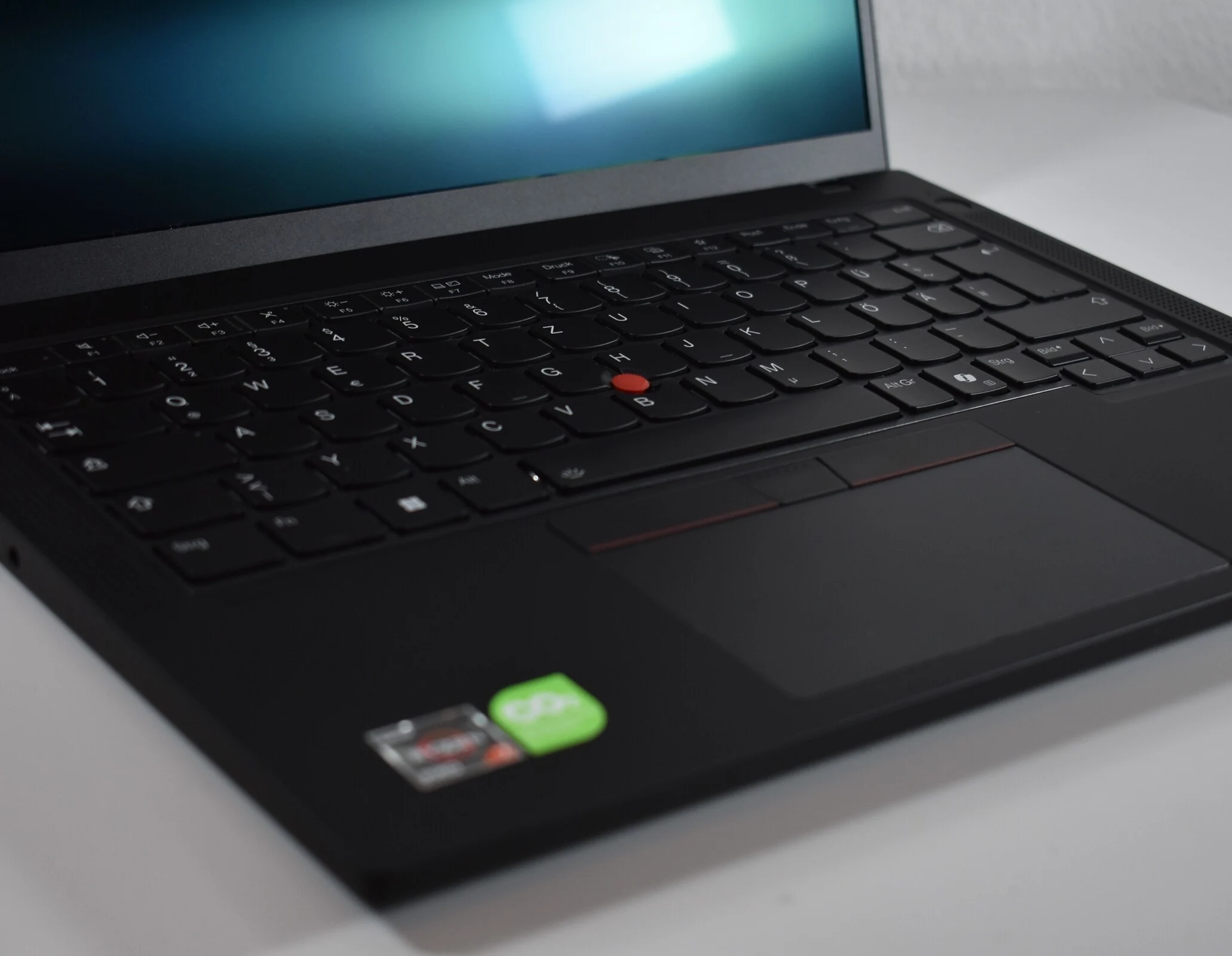The tech sector has long been a hotbed for new ideas, especially in the semiconductor field. Apple’s unyielding drive for advanced technology has established new standards for performance, efficiency, and integration, pushing rivals like Qualcomm and MediaTek to elevate their efforts.
Apple’s Influence by 2025
By 2025, Apple’s achievements with its unique silicon, especially the M-series chips, have transformed consumer expectations and compelled its competitors to innovate more rapidly than ever. This piece delves into how Apple’s leadership is making Qualcomm and MediaTek reassess their strategies and hasten their technological progress.
The Shift to M-Series Chips
Apple’s move from Intel processors to its uniquely crafted M-series chips was a game-changer in the semiconductor sector. The M1, M2, and later versions have set fresh benchmarks for performance per watt, merging CPU, GPU, and neural engines into a single system-on-a-chip (SoC).
These chips have provided desktop-level performance in ultra-slim laptops and tablets, challenging the long-standing x86 architecture led by Intel and AMD. Apple’s integration of hardware and software optimization has granted it a significant advantage, leaving competitors scrambling to keep pace.
The M-series chips have also illustrated the strength of ARM-based designs in high-performance computing, showing they can rival and even exceed traditional x86 processors. This has prompted Qualcomm and MediaTek, which primarily focus on ARM designs, to rethink their methods regarding performance, efficiency, and scalability.
Qualcomm’s Strategic Moves
Qualcomm, a frontrunner in mobile processors, acknowledged the necessity to innovate beyond its Snapdragon range to keep up with Apple’s silicon. In 2021, Qualcomm took a significant step by acquiring Nuvia, a startup founded by ex-Apple engineers with experience on the A-series chips. This acquisition was a tactical decision to enhance Qualcomm’s skills in creating high-performance, energy-efficient CPUs.
By 2024, Qualcomm’s Snapdragon X Elite and Snapdragon X Plus chips showcased the benefits of this acquisition. These processors, utilizing Nuvia’s tailored Oryon CPU cores, are engineered to compete with Apple’s M-series chips in terms of both performance and efficiency.
The Snapdragon X series is aimed not only at laptops but also desktops and servers, indicating Qualcomm’s ambition to broaden its horizons beyond mobile devices. The company has also directed its attention towards enhancing AI capabilities and GPU performance, areas where Apple has excelled.
Qualcomm’s collaboration with Microsoft to fine-tune Windows for ARM processors has further solidified its standing. By 2025, Qualcomm-powered Windows laptops deliver battery life and performance that can compete with Apple’s MacBooks, thanks to the Snapdragon X series.
Yet, Qualcomm’s innovations extend beyond PCs. In 2024, the Snapdragon 8 Elite chipset debuted, revolutionizing the smartphone landscape. Built using Nuvia’s Oryon architecture, the Snapdragon 8 Elite boasts unmatched performance and efficiency, narrowing the gap with Apple’s A-series chips and even excelling in certain tests.
The custom Oryon cores within the Snapdragon 8 Elite provide a 40% enhancement in single-threaded performance compared to its predecessor, making it the most rapid mobile CPU available. This empowers Android flagship devices to match Apple’s iPhones in terms of sheer power.
The Snapdragon 8 Elite also incorporates an advanced AI engine capable of 75 TOPS (trillions of operations per second), enabling sophisticated on-device AI functions like real-time language translation, improved photography, and tailored user experiences.
Its Adreno GPU has set new benchmarks for mobile gaming, facilitating ray tracing and 8K gaming at 60 FPS, appealing to gamers and content creators alike. Despite its exceptional performance, the Snapdragon 8 Elite remains impressively power-efficient, thanks to its 3nm manufacturing process, ensuring smartphones can provide all-day battery life, even under strenuous conditions.
The Snapdragon 8 Elite not only enhances Android flagship devices but now also compels Apple to hasten its own innovation cycle.
MediaTek’s New Direction
MediaTek, usually recognized for its mid-range and budget chips, has also been compelled to innovate due to Apple’s achievements. The company has redirected its focus towards high-performance processors, striving to compete in the premium market led by Apple and Qualcomm. MediaTek’s Dimensity series, originally aimed at smartphones, has expanded to include chips for Chromebooks, tablets, and even automotive uses.
Since 2024, MediaTek has been capitalizing on its AI and 5G expertise to stand out. The company’s latest Dimensity chips come equipped with advanced neural processing units (NPUs) that rival Apple’s Neural Engine, allowing for faster and more effective AI tasks. Additionally, MediaTek has heavily invested in heterogeneous computing, merging CPU, GPU, and NPU resources to create a smooth user experience.
Although their current flagship chip, the Dimensity 9400, performs at par with the Snapdragon 8 Elite, the upcoming Dimensity 9500 exemplifies MediaTek’s ambition to disrupt the high-performance chip arena. Rumored to feature a ‘2 + 6’ CPU cluster with ARM’s next-gen Cortex-X930 and Cortex-A730 cores, the chip may lack custom cores like Qualcomm’s Oryon but compensates with other advancements.
Constructed on TSMC’s advanced 3nm N3P process, the Dimensity 9500 promises enhanced thermal efficiency and up to 20% gains in multi-core performance. These developments position MediaTek as a serious player in the premium market, with an official launch anticipated in late 2025.
Moreover, MediaTek is also targeting other sectors, like smart home devices and IoT, to lessen its dependence on the fiercely competitive smartphone market. By diversifying its product lineup, MediaTek aims to forge new revenue streams while continuing to innovate in the processor domain.
The Industry’s Evolving Landscape
Apple’s triumph in pushing ARM-based innovation with its M-series chips has not only challenged the supremacy of x86 processors but also ignited a transformation throughout the semiconductor industry. The company’s lead in single-core performance has established a high standard, forcing competitors like Qualcomm and MediaTek to enhance their offerings.
The anticipated Snapdragon 8 Elite Gen 2 and Dimensity 9500, both utilizing TSMC’s cutting-edge 3nm ‘N3P’ process, exemplify this competitive drive. These chipsets are projected to achieve Geekbench 6 single-core scores of 4,000, potentially matching or exceeding Apple’s forthcoming M4 chip.
Beyond mere performance, the industry is also adopting ARM’s Scalable Matrix Extension to improve efficiency in managing complex tasks, a feature both Qualcomm and MediaTek plan to incorporate into their latest SoCs.
While the ultimate performance of these chips in consumer devices remains uncertain, this competitive environment illustrates the growing shift towards custom silicon designs. As more players enter the ARM-based market, the effects of Apple’s pioneering efforts are likely to inspire further innovation across the industry.


